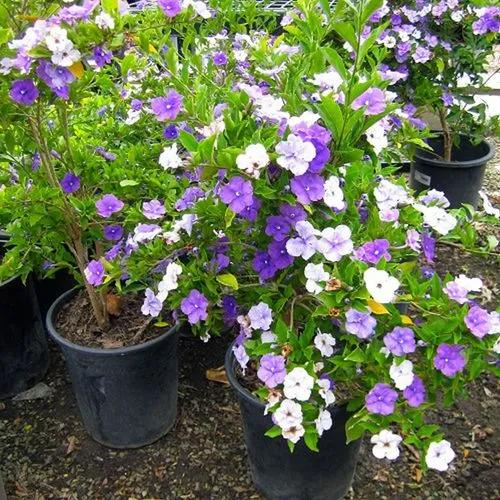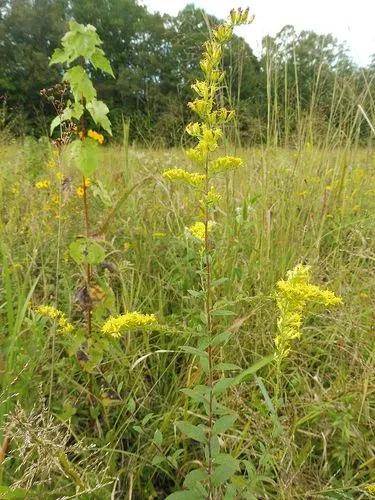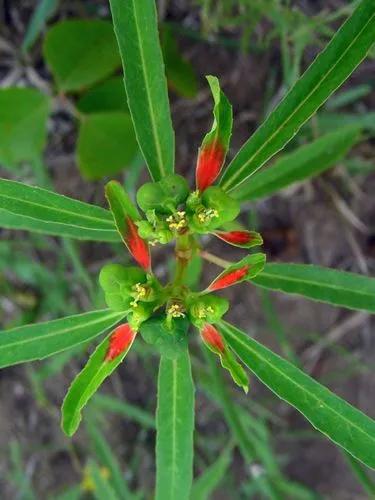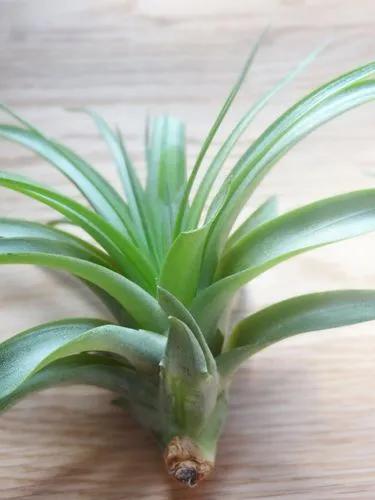Ipomoea pes-tigridis is a species of Ipomoea and family Convolvulaceae. It is known as tiger's footprint (tiger's paw). The species is distributed in Asia, Africa, Australia and other islands in the Pacific. It grows in roadsides and sea coasts which sea level is between 0 and 400 m.
Ipomoea Pes Care
ipomoea pes-caprae



How to Care for the Plant

Water

To grow the plant from stem cutting, cut stems of the plant that are 450 mm long and make sure that the stem only has leaves and no buds, flowers or fruits. Places a teaspoon of salt in 1 litre of water and place the stem inside and allow it to root. Change the water every 3 days, until the plant has rooted. Once the plant has rooted, plant the stem in a pot containing beach sand and water the plant regularly.

Pruning

Can be somewhat aggressive in active growing period. Trim to confine in growing area.

Fertilizer

An application of a balanced slow release fertilize with minor elements every six months.

Additional

Ipomoea pes-caprae, also known as bayhops, bay-hops, beach morning glory or goat's foot, is a common pantropical creeping vine belonging to the family Convolvulaceae. It grows on the upper parts of beaches and endures salted air.

Popularity

50 people already have this plant 13 people have added this plant to their wishlists
Discover more plants with the list below
Popular articles






